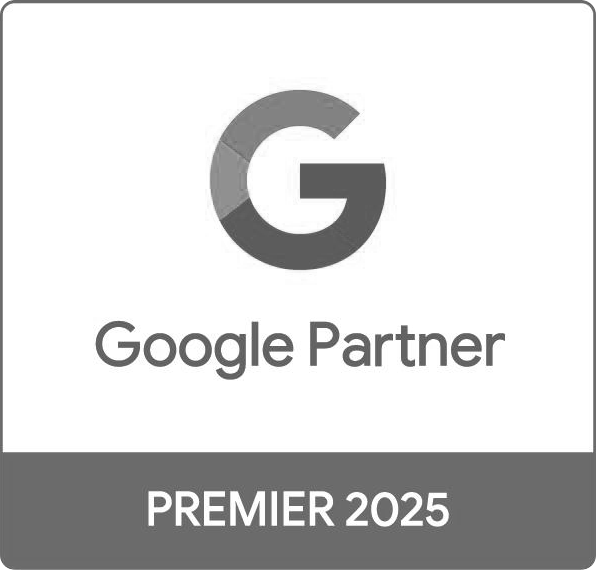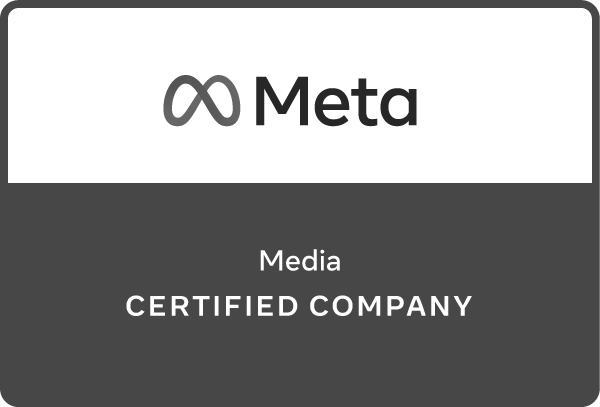
Scale used to mean size in media buying. Now it means precision. Hyperlocal marketing flips the script by targeting the right people in the right places with surgical accuracy.
Marketers don’t need more impressions. They need more conversions. That means ditching bloated audiences and getting granular — street-level granular — with resilient household data, sharper segmentation and messaging that hits different.
“We used to layer on every targeting lever — frequency, geo and purchase history — thinking more was better,” says Josh Tan, VP of Media Strategy and Planning at Rise. “But that stacked waste on top of waste. We were reaching way beyond an audience that mattered.”
The power of precision marketing
The shift to precision marketing isn’t optional. It’s survival. Marketers who prioritize reach over relevance are paying to be ignored.
With hyperlocal precision, you unlock:
- Enhanced relevance: Speak to real people with localized content.
- Improved accuracy: Cut spend on unqualified impressions.
- Higher conversions: Align creative and media to actual context.
“Waste is cost,” says Tan. “If you’re reaching people who don’t belong — wrong segment, or duplicate identity — you dilute your budget. You’re paying for noise.”
Take college towns: Target student behavior, and you also hit parents, professors, and locals. Without refined identity resolution, your media gets taken over by the wrong eyeballs.
“Without precise street-level identity, such as passions and personas, you’re paying to reach the wrong people — and paying twice in some cases,” he says.
Hyperlocal marketing: Precision at street-level
Most buying decisions still happen close to home. That’s where hyperlocal marketing thrives. With real household-level data, marketers can meet buyers in-market, in the moment — by mail, online or in-store.
Rise, backed by Quad’s national scale, taps into a resilient data set covering 97% of U.S. adults. It fuses 250M identities with 20K+ contextual signals, feeding an omnichannel engine that reaches your exact audience, not just a ZIP code.
“Shopping behavior is local,” says Aaron Horowitz, Vice President, Business Development at Rise. “Start at the household, and you unlock community-level insights. That’s how omnichannel campaigns actually become relevant.”
Hyperlocal tactics that work:
- Regional targeting: Tailored creative rooted in regional culture, store offers and consumer passion points.
- Neighborhood segmentation: Deliver to precise communities using geo and behavioral signals.
- Direct mail marketing: Activate messaging in-home that matches household identity.
In-store retail media: Where household data meets action
Brands who want to activate local foot traffic should also consider the grocery store as their next media channel — Emarketer projects that by 2028 U.S. retail media ad spending will hit $97.9 billion per year. In-store retail media networks (RMNs) are a part of this growth.
Marketers who lean into in-store retail media networks have a chance to hyper-localize their retail media spend. Think: advertising via networked digital screens throughout stores, influencing your exact audience at the exact point of purchase.
“Imagine the customer journey,” says Lily Wen, Director of Product Marketing, Data and Media at Quad. “A personalized direct mail piece announces a new product at a nearby retailer. A geotargeted social advertisement reinforces the offer. Then, in-store digital signage delivers a final nudge. That’s hyperlocal, omnichannel precision — powered by real household data.”
Firing up the engine: Passion-map to improve data-driven marketing
While traditional campaigns rely on broad behavioral segments, grouping people in affinities and interests, generic segments can be misleading, or even inaccurate. Marketers are better off connecting specific identifiers to get a clearer picture of real motivations and context.
“Our data analysis goes deeper — revealing who someone is, not just what they’ve clicked on,” adds Tan.
Read: Crafting industry-specific connections through audience passions
How passion-mapping gets even more precise:
- Household mapping: Examines the household to avoid duplication and misidentification across shared IPs, workplaces or devices.
- Behavioral targeting: Goes beyond affinities to connect specific actions, preferences and intent.
- Offline and online context: Brings together physical location and digital behavior to create holistic audience profiles.
Precision isn’t small, it’s smart
Hyperlocal marketing isn’t niche marketing — it’s smart marketing. In a landscape defined by fractured attention, hyperlocal marketing strategies let you scale smarter by anchoring every touchpoint in relevance.
“The goal isn’t more reach,” Tan says. “It’s reaching the people most likely to buy, then giving them the chance to act.”







